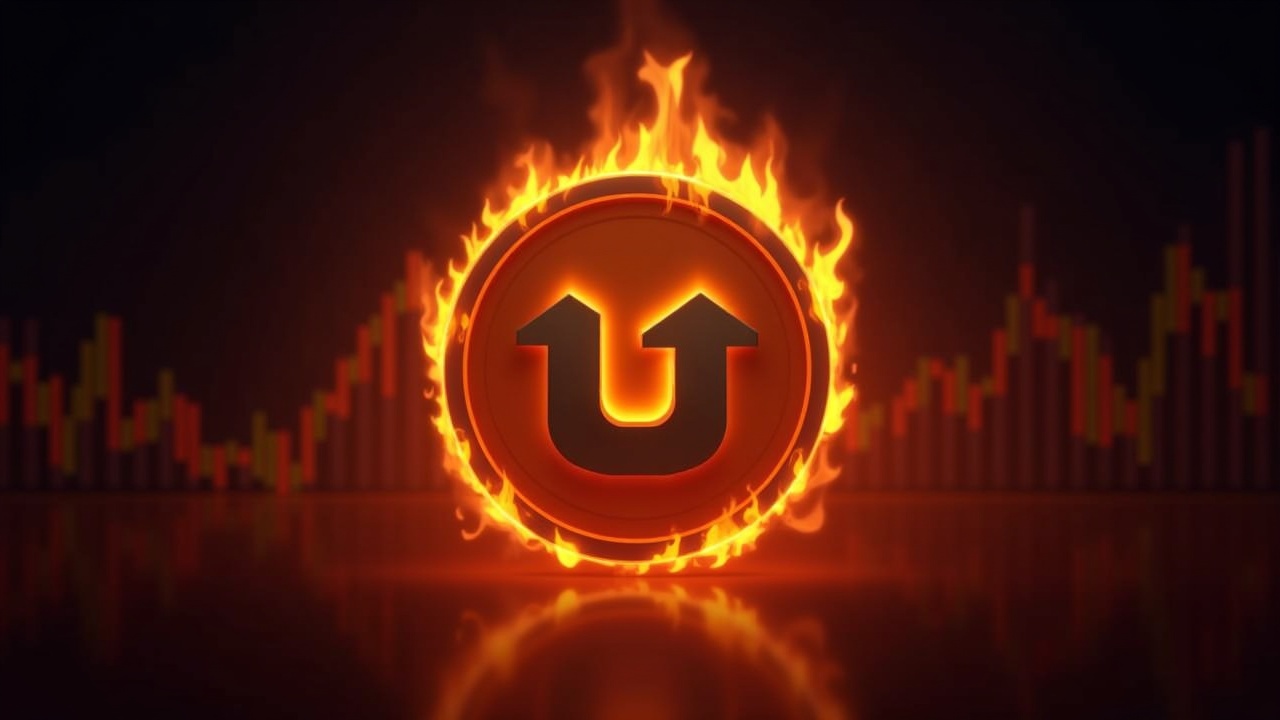On November 10, 2025, Uniswap unveiled its “UNIfication” proposal, a sweeping overhaul of its economic and governance model that propelled the price of its UNI token to two-month highs. The plan, which directly links protocol success to token value, marks a pivotal moment for the decentralized exchange.
A New Chapter for Uniswap
The UNIfication proposal represents the most significant evolution for the Uniswap protocol since its token launch. Crafted jointly by Uniswap Labs and the Uniswap Foundation, its stated goal is to align incentives across the ecosystem and position Uniswap as the default exchange for all tokenized value. This move comes after years of navigating a challenging regulatory landscape, which founder Hayden Adams noted had previously restricted Labs’ ability to participate meaningfully in governance. The market’s response was immediate and decisive, with the UNI token surging between 38% and 41% on the news, pushing its price to around $10 and its market capitalization past $6 billion.
Reshaping UNI Tokenomics
The core of the proposal centers on a fundamental redesign of how value accrues to the UNI token, transforming it from a governance tool into a deflationary asset.
The most impactful element is the activation of the long-debated “fee switch.” This mechanism will redirect a portion of every trade on the protocol to a treasury dedicated to burning UNI. For Uniswap v2 pools, this means a 0.05% protocol fee, while fees for v3 pools will be set at one-fourth or one-sixth of the liquidity provider fees, depending on the tier. This creates a direct, deflationary link between trading volume and token scarcity.
To jumpstart this new economic model, the proposal includes a massive, one-time retroactive burn of 100 million UNI from the treasury. This figure is an estimate of what might have been burned had the fee mechanism been active since the token’s launch and represents approximately 16% of the total supply. Future revenue streams, including sequencer fees from Uniswap’s own layer-2 network, Unichain, will also be funneled into this perpetual burn mechanism.
Governance and Growth Realignment
Beyond tokenomics, UNIfication proposes a major structural consolidation to streamline the ecosystem’s operations. The teams from the Uniswap Foundation will transition to Uniswap Labs, unifying under a five-member board that includes founder Hayden Adams and Foundation executive Devin Walsh. This new structure is designed to reduce fragmentation and accelerate protocol development.
Concurrently, Uniswap Labs will eliminate all fees on its front-end products, including its web interface, wallet, and API. This strategic pivot shifts the company’s focus from monetizing its own products to driving growth for the entire Uniswap protocol. To fund this renewed focus, the proposal requests an annual growth budget of 20 million UNI, starting in 2026, to be used for grants, partnerships, and ecosystem expansion.

Market Impact and Future Implications
The bullish reaction from investors highlights a strong conviction in a model where protocol usage directly benefits token holders through deflation. Analysts were quick to highlight the potential for a major supply shock. CryptoQuant CEO Ki Young Ju estimated that, based on the protocol’s year-to-date volume, annual burns could reach a staggering $500 million, which would fundamentally alter UNI’s supply and demand dynamics.
For the broader DeFi landscape, Uniswap’s move signals a maturation in how leading protocols approach sustainability and value distribution. By embedding value creation for token holders into its core operations, Uniswap is setting a new standard that others may follow. The proposal now awaits a community vote, with a governance process expected to take several weeks. If passed, UNIfication will not only redefine the value proposition of the UNI token but also solidify Uniswap’s ambition to be the foundational infrastructure for the future of tokenized assets.


